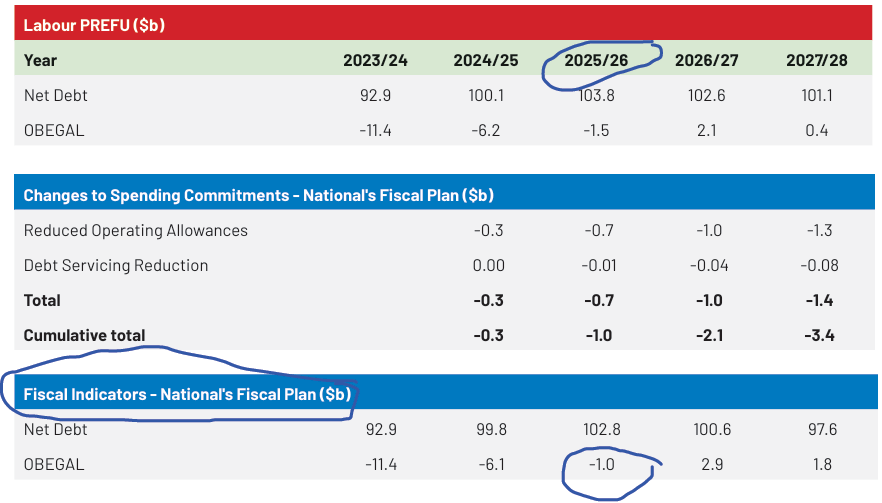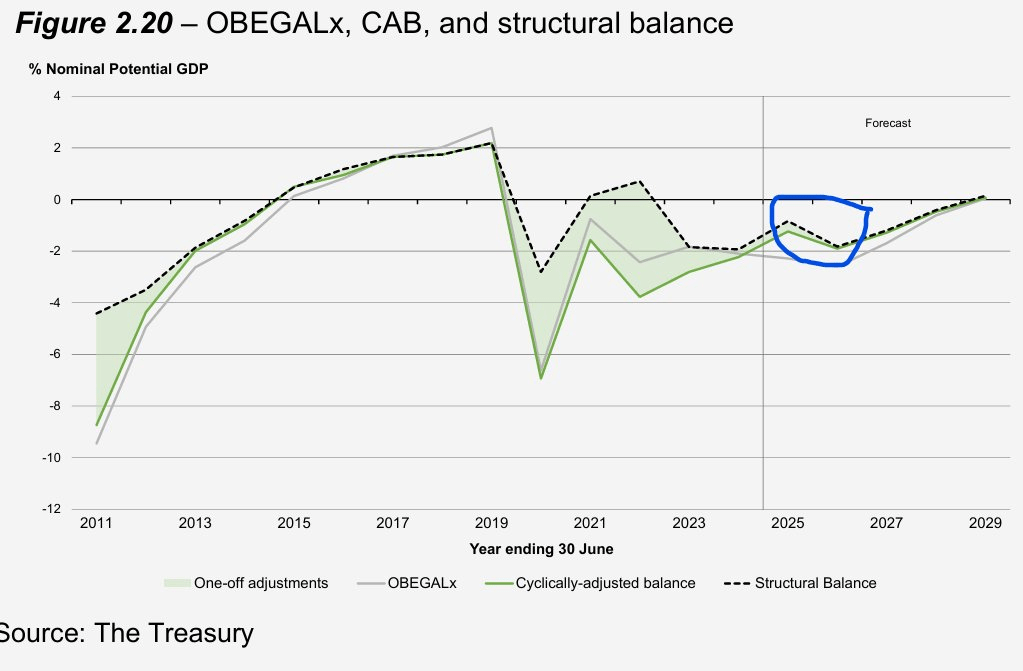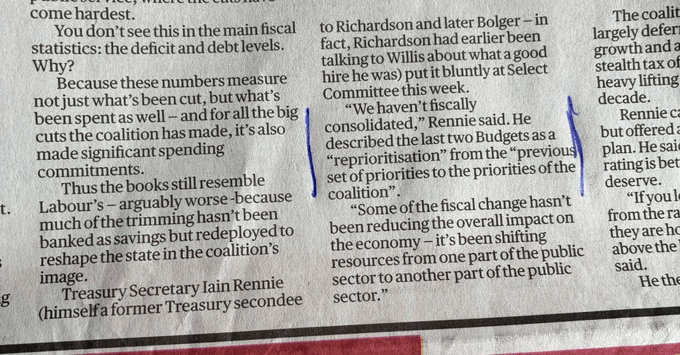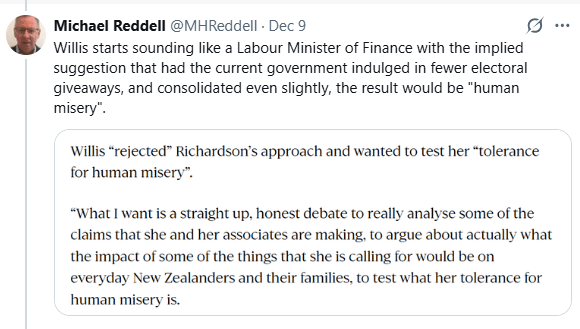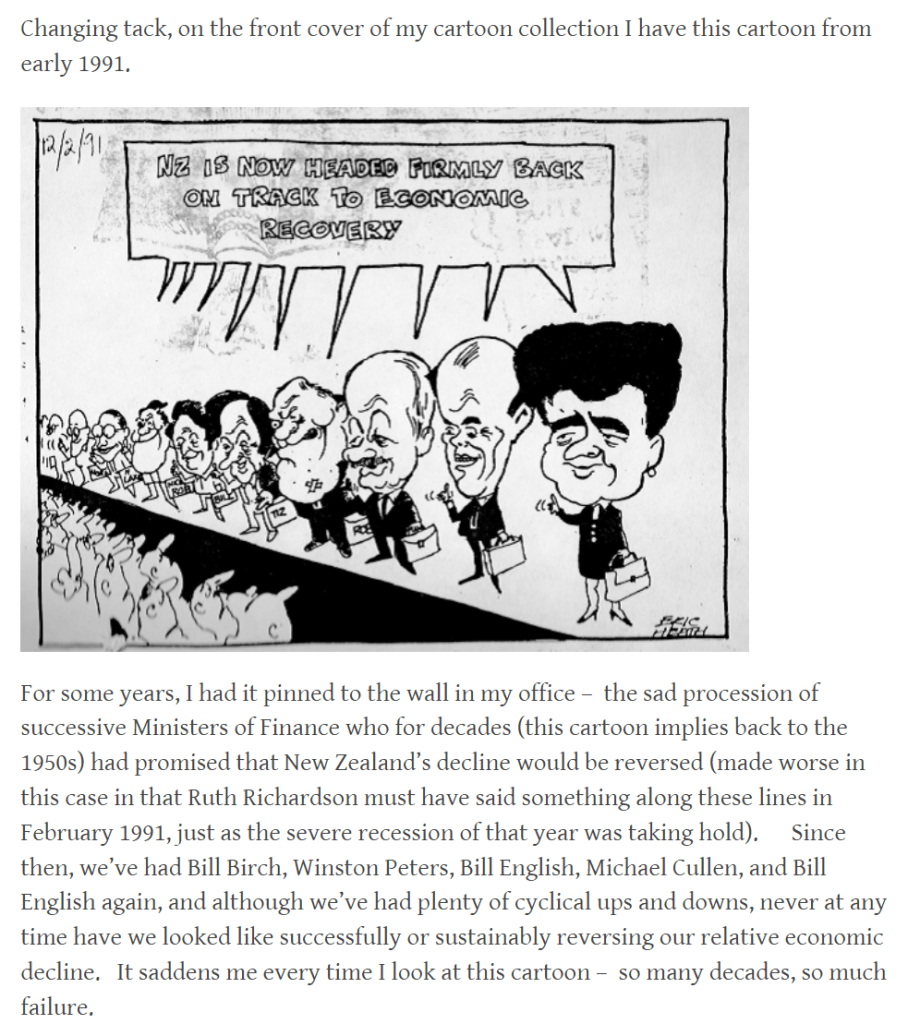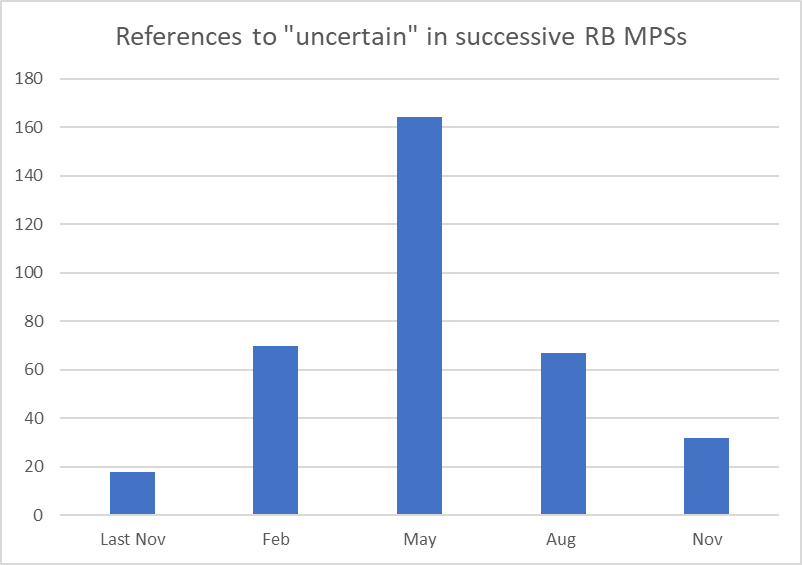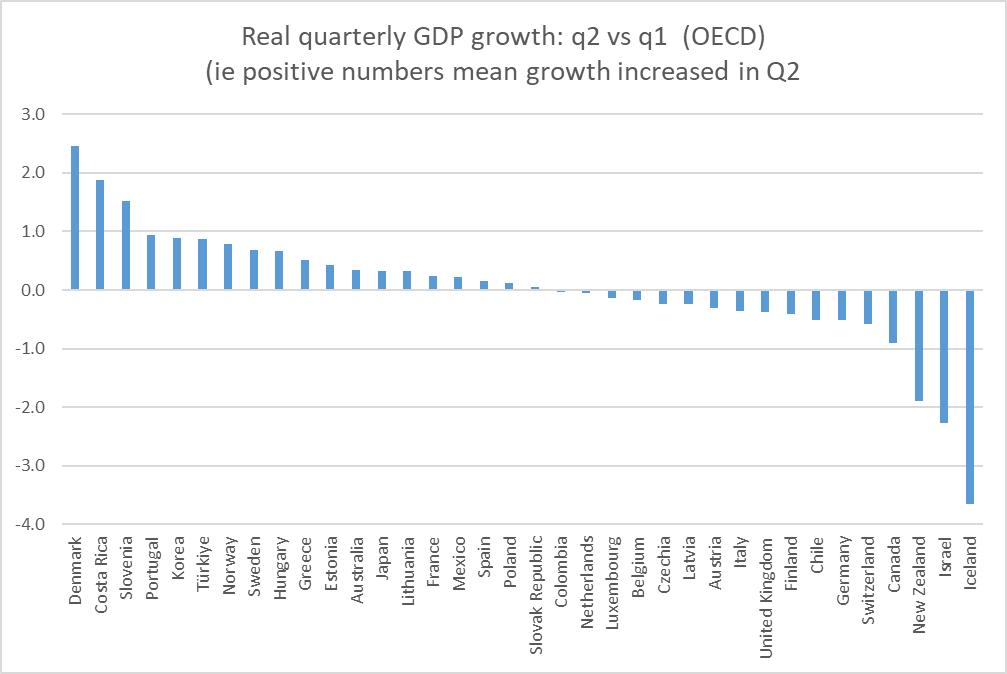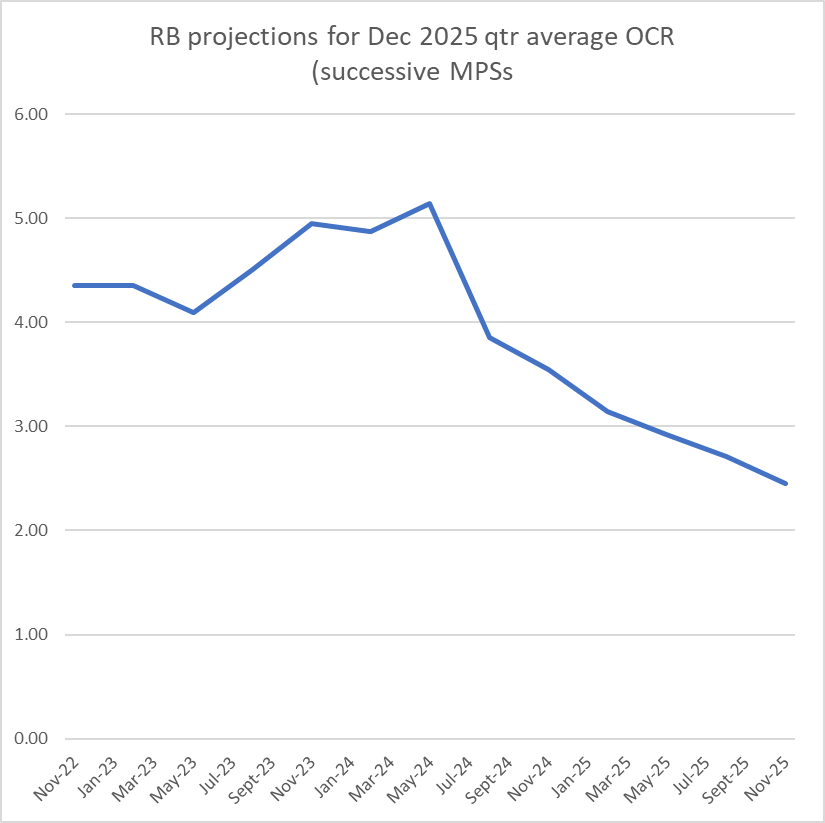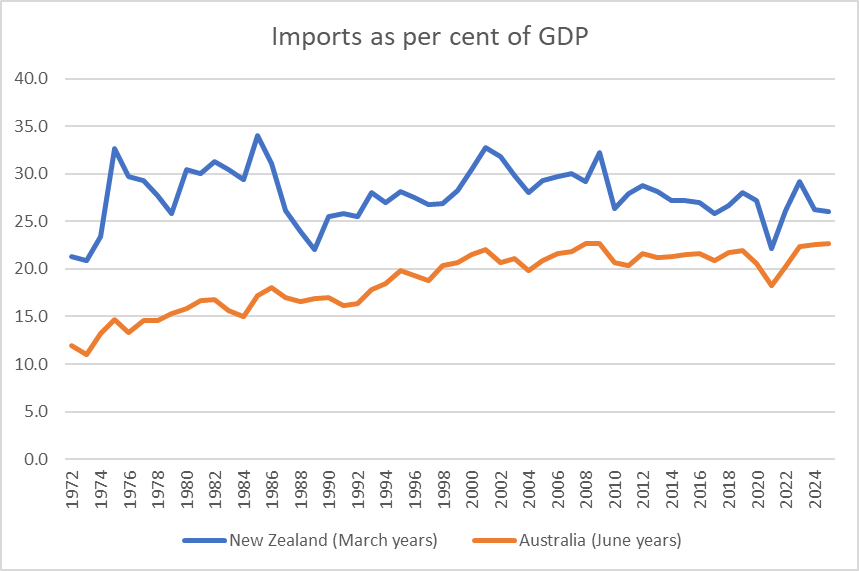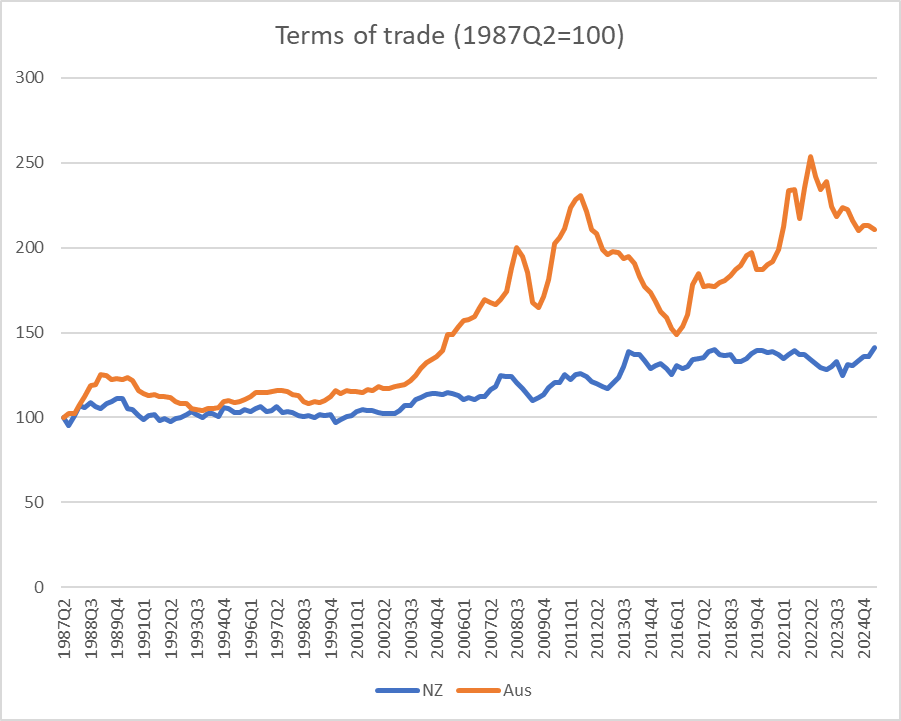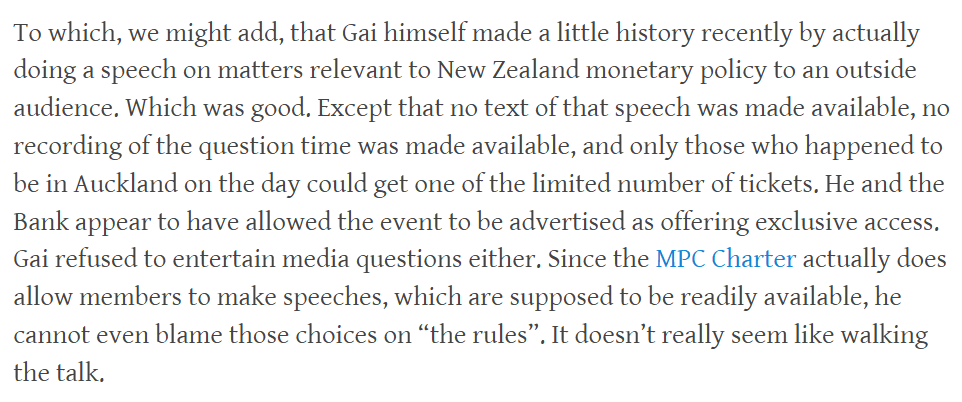About 15 years ago (partly thanks to a couple of years at Treasury, partly to the financial crises in the US and Europe) I started to get much more systematically interested in New Zealand’s disappointing and underwhelming economic performance, and in economic and financial history more generally. And as our kids were growing I was thinking about what to do next. The idea of writing a blog (it was still the heyday of economics blogging) appealed, focused on New Zealand economic (under)performance issues – something I obviously couldn’t do as a public servant. The kids were going to grow up fast and I wanted to be around more for them. My wife got to a position in her career where we could live fairly comfortably on one income and fortunately that coincided with Graeme Wheeler’s desire to be rid of me. And thus, with that double coincidence of wants, this blog launched on 2 April 2015.
Those who’ve followed the blog from early days may recall that for several years I was often writing twice a day, often six days a week. I had fairly voracious interests and the blog found a surprising (to me) number of readers. It also became more Reserve Bank focused than I’d ever envisaged (productivity etc matters a great deal more).
From time to time I’ve thought about how long to continue and in what form. Frequency of posts dropped off, through some combination of circumstances, including poor health for much of the last five years (weird fatigue, including post-Covid, that came and went to some extent but never seemed to go away) and other commitments. I was fortunate enough to be appointed to the board of the (central) Bank of Papua New Guinea two years ago, which has proved to be a big time commitment, and introduced something of a six-weekly cycle to posting here.
On the 10th anniversary of the blog earlier this year, I noted
Circumstances change and I’ve got busier. I have occasionally thought about shutting it down and doing other stuff – I had an outline on my desk when the BPNG appointment came through of a time-consuming project I’d still like to pursue. For now, various circumstances and considerations mean I’m going to try to discipline my public comment more narrowly. There has been an increasing range of things I’d like to have written about but it wasn’t possible/appropriate. For this blog that will mean primarily Reserve Bank things, fiscal policy, productivity and not much else, which was the original intended focus.
And now the time has come to discontinue the blog, at least as a forum for regular economic and economic policy commentary/analysis. I certainly haven’t lost interest in the issues, and the economic and institutional problems, here and elsewhere, haven’t gone away. But there have been a couple of influences. As I noted in April there has been an increasing range of things I couldn’t really comment on. Some of that was about the senior role my wife has held this year (eg largely avoiding things – many – her minister was responsible for). But longer-term my BPNG role, where I now chair the board’s financial stability and related issues committee, has also come to act as a constraint: I don’t find it as easy to comment much on things like bank capital, CBDCs, exchange rate regimes, financial market regulation, payment systems, emergency liquidity provision, failure management (or the IMF). I’ve also become increasingly uneasy about writing on central bank governance and related issues, even when specific issues are very different by country. I’d have stopped months ago if it hadn’t been for the whistleblower whose disclosures to me helped us get closer to the bottom of the Orr/Quigley stories.
So those were some constraints. But at least as importantly is the question of opportunity cost. I could have kept on writing this blog in some form or another more or less indefinitely. But time isn’t unlimited, and having given this ten years plus, I might have ten good years ahead. There are other things to do and focus on. As just one example, thinking more seriously about New Zealand’s economic and financial history, including in a cross-country context.
And, mercifully, in recent months my health seems finally to have fully recovered. I’m back to walking, fairly fast, an hour a day and getting home not exhausted. It is a very nice change to have that energy back.
I’m not going into some sort of economics purdah, but I won’t be writing regular commentary etc here at all. I will leave the website in place, and may occasionally add a post on some interesting economics book I’ve read or an aspect of economic history that takes my fancy. Perhaps also I’ll weaken very occasionally if some current issue really gets my goat, but this post is about tying myself to the mast. My intent is to stop, and to stay stopped.
And if I’m writing shorter pieces much of it may be more oriented towards my fellow Christians. I do have another blog, and I have started writing there again in the last couple of months. I intend to keep on with that, and to read more deeply in theology, biblical studies, and related societal issues.
Anyway, thank you to the everyone who has read the blog over the last 10+ years. It has, mostly, been fun, and stimulating. Writing has often clarified my own thinking and it has been great to have had an audience. I’ve enjoyed interacting with a range of people through blog comments and private correspondence. And I’m not going anywhere.
It is the church’s season of Advent. In the first few years of the blog I’d often include some explicitly Christian material to end my final post each year. So here I’ll leave you with the words of one of my favourite Advent carols.

